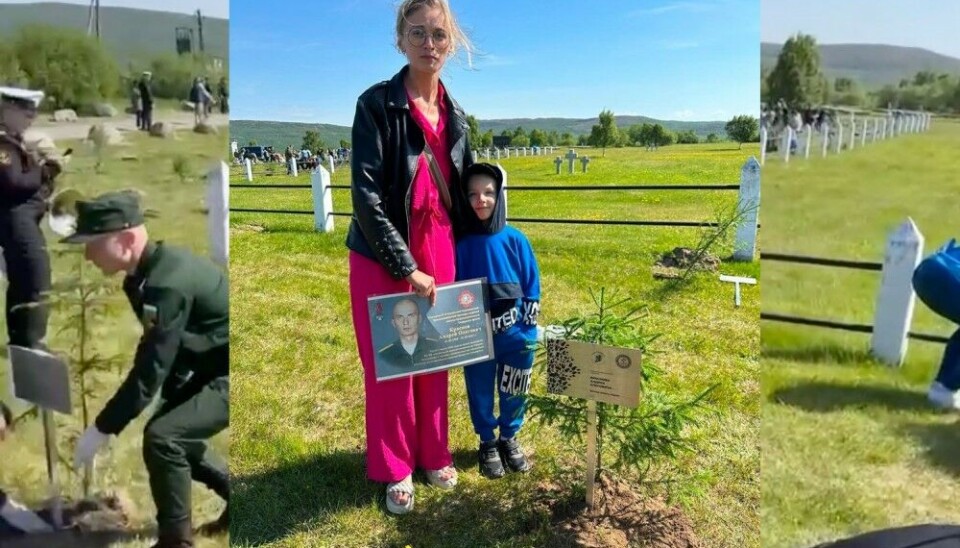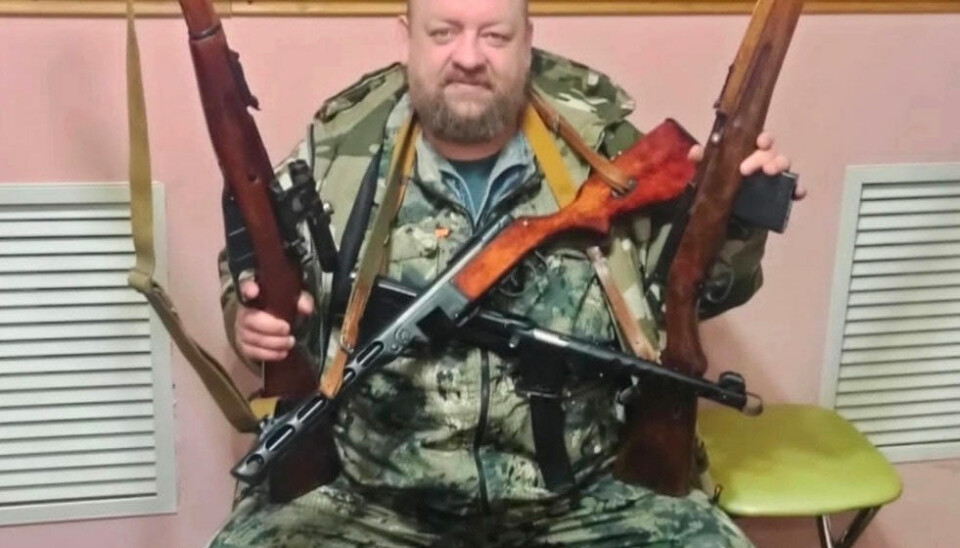
Here lie 12,000 Nazi troops killed in Arctic battle. Now a memorial site devoted to Russian warriors killed in Ukraine is built alongside
Russian authorities build a so-called 'memorial garden' in Pechenga next to the cemetery that houses many of Hitler's troops killed in the 2WW attack on Murmansk.
“We all acknowledge the importance of Victory Day and the Great Patriotic War [2WW], but it is no less important to talk about the heroes of today that have gone to protect the Motherland, its sovereignty and independence, the future of our kids and grandkids and sacrifice their own lives,” says Andrei Kuznetsov, the local Mayor of Pechenga.
The leader of the far northern municipality was one of several regional dignitaries that on the 25th of June assembled outside the town of Pechenga to plant trees for the new “garden.”

The site chosen for the project is the cemetery that houses about 12,000 of the German and Austrian men killed in Hitler’s attempt to conquer Murmansk in the period 1941-1944. Back at that time, Pechenga was called Parkkina and belonged to Finland. It was a key place for the German onslaught and housed a hospital and a seaport.
According to the organisers of the ‘memorial garden,’ a total of 250 pine trees were planted alongside the cemetery. All of them were marked with the name of a soldier killed in Ukraine.
It is likely that the 250 names belong to men that either come from the Murmansk region or served in regional brigades. Only few kilometres from the graveyard and the new ‘memorial garden’ are the bases of the 61st Naval Infantry Brigade and the 200th Motorised Rifle Brigade. Both of the brigades have suffered major losses in the war, and a Norwegian intelligence report estimates that their military capacity is today reduced to only about one fifth of their former power.
Among the names shown on photos from the ceremony is Andrei Olegovich Krasnov, a soldier from Olenegorsk, who was killed in early 2023.

Several hundred local men are believed to have vanished in the war. Some of them are identified by the Barents Observer and included in news reports.
Among the latest local names added to the quickly growing death lists are Aleksandr Martynov and Mikael Aliev, both of them originally workers in the Severny nickel mine in Zapolyarny.

Among them is also Sergei Kalyaganov, a local war veteran with combat experience from Chechnya. Kalyaganov operated under the nickname “Hans” and was part of a local military-patriotic group.
In Russia’s perverted narrative about the war, it is all about the “denazification” of Ukraine.
Paradoxically, in the new ‘memorial garden’ the name plates of Russian men killed in Ukraine stand immediately alongside the graves of Nazi warriors killed in the 2WW.
“The memorial garden will immortalize the memory of participants in the special military operation, and everyone that passes by will remember them,” says Pechenga Mayor Kuznetsov. The local politician is known for his strong pro-war stance and drives a car marked with a large “Z,” the Nazi-inspired symbol of Russia’s war against its neighbouring country.
The area that today is known as Pechenga was site for brutal battles during Hitler’s war against the USSR. For most of the war, the frontline was about 40 km further east, along the Zapadnaya Litsa river
The Germans buried many their fallen men on the sandy stretches where the Pechenga river runs into the Pechenga Bay. The graves were dug by Soviet prisoners of war.
After the war, Soviet tanks bulldozed the graves. Then, in the 1990s, the cemetery was restored with German and Austrian funding and the site is today known as ‘Land of Unity.’ Also 600 Soviet troops are buried on site.
The graveyard is located on military land and access to the area is restricted.















